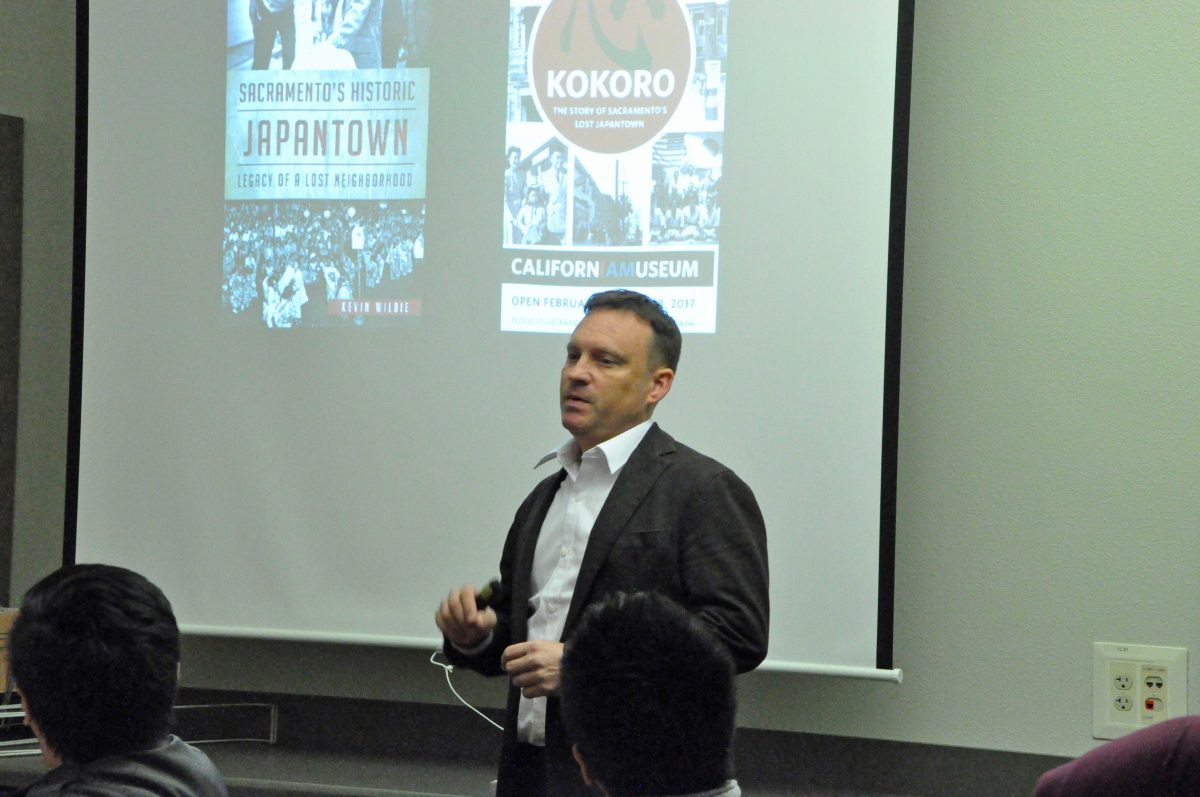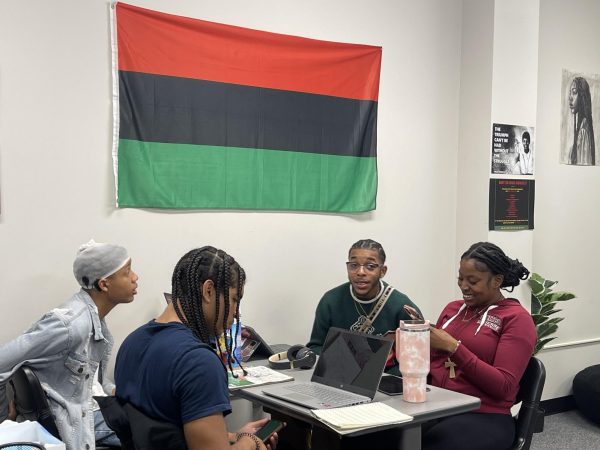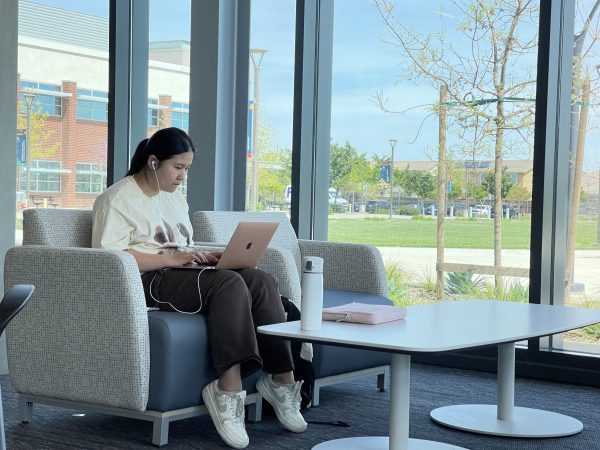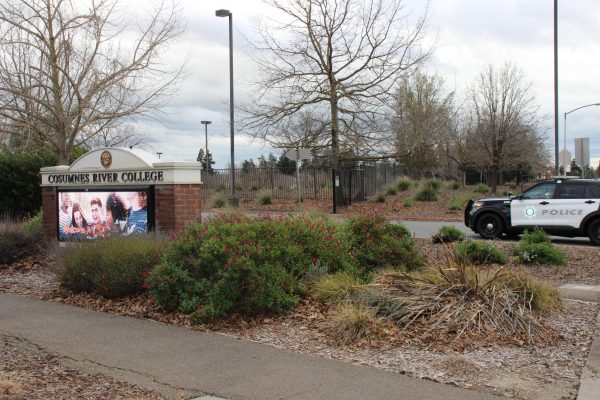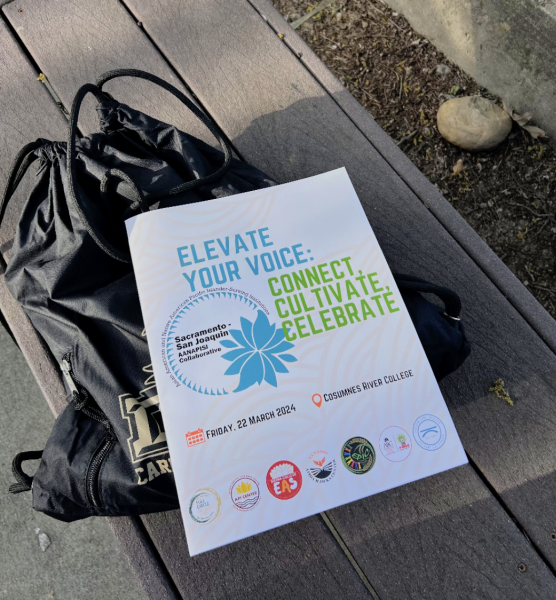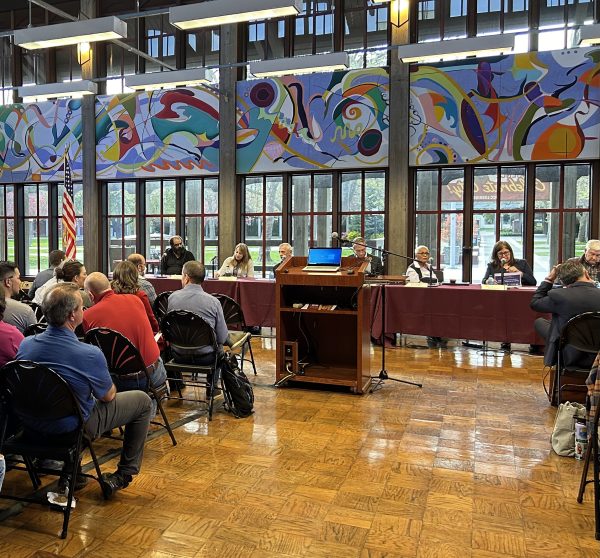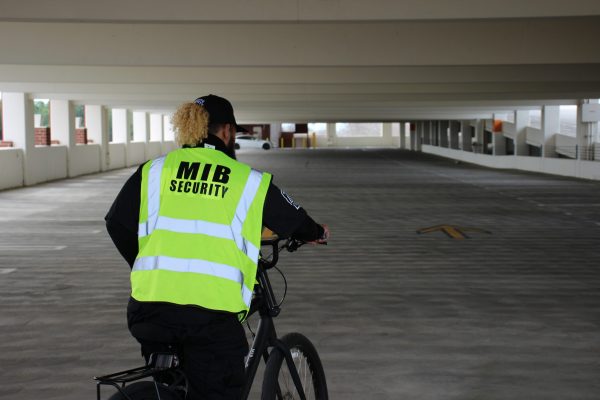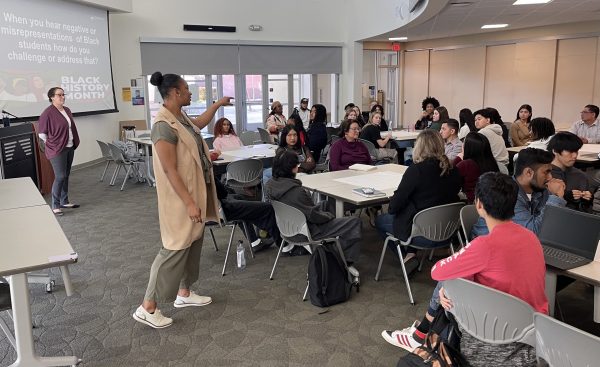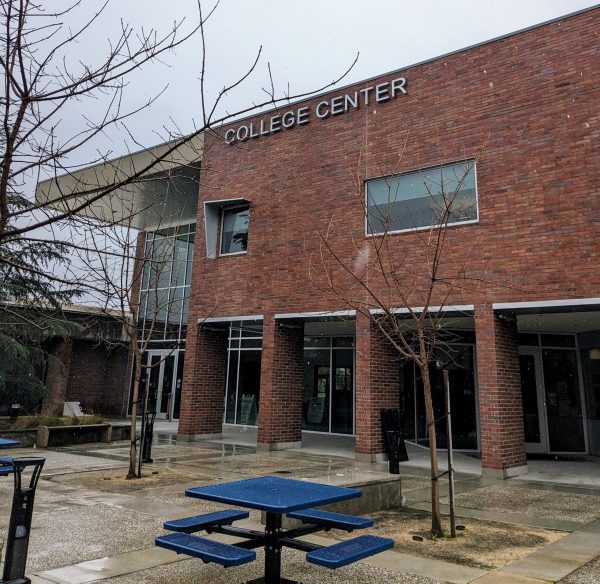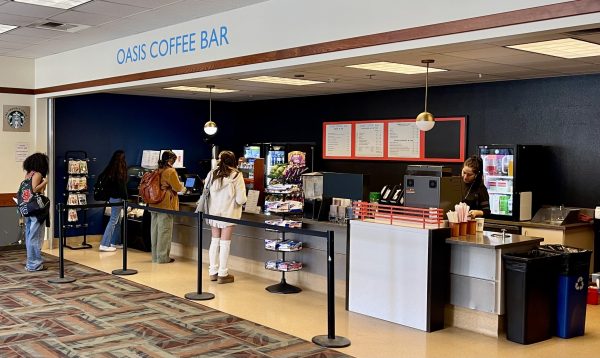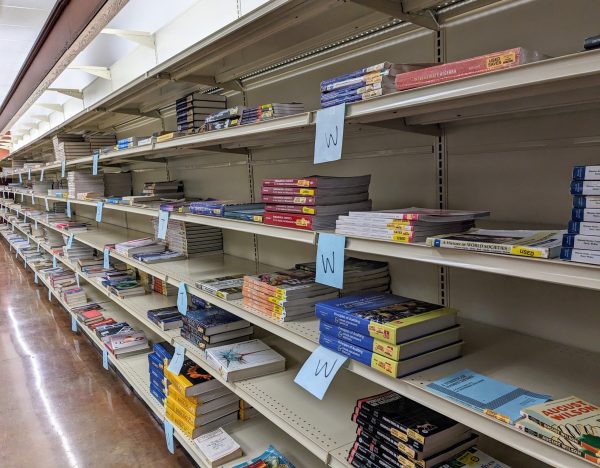Students learn about Kokoro: the lost Japantown in Downtown Sacramento
Professor Wildie presents the Japanese roots embedded in Sacramento.
Cosumnes River College adjunct History Professor Kevin Wildie held an exhibit on April 7 about the lost Japantown of Sacramento as a part of Asian Pacific American Heritage Week.
Wildie, who wrote a book about the subject, presented a slideshow presentation of the lost Japantown and discussed the history going through the town before World War II, during the internment of Japanese Americans and their struggles after the war was over.
“I think the fact that we live in this community and, especially with the history of Japantown, nobody knows about it because it had been physically erased from the cities landscape,” said Wildie. “If you go down to 4th Street now, you see nothing but corporate high rises and public buildings and parking lots.”
The presentation began with Wildie showing where the Japantown would have been today, outlining on the map where Japantown was located; not far from the Capitol building was about six blocks of businesses and homes belonging to Sacramento’s Japanese American population.
The town was a “city within a city,” said Wildie as he discussed all the different establishments that the Japanese Americans had built.
They had a variety of shops selling food, clothing, furniture and some establishments that provided lodging, said Wildie.
They also had a bank and churches for all different religions in the town, such as Baptist or Buddhist churches, Wildie said.
In 1942, however, following the attack of Pearl Harbor, the Japanese Americans of Sacramento had to leave their town and all their belongings behind as they were forced into internment camps, Wildie said.
After the order for internment was issued, Japanese Americans held “evacuation sales,” Wildie said.
These shops had massive discounts on their products, as they understood they could not take any of it with them.
People sold their personal belongings, including beds and furniture for money instead, Wildie said.
When Japanese Americans were able to return in the 1950s, their town was not as it once was.
Having sold all their belongings, their shops were closed down, and their homes were no longer theirs, said Wildie.
The Sacramento Japanese cultural community, however, was not completely lost, Wildie said.
“The community came back together after the war,” said Wildie. “Sacramento’s Japantown began to be rebuilt.”
They continued their lives with what they had, creating organizations and leagues to preserve their culture and brought back important events such as the Obon Festival, said Wildie.
But the Japanese Americans of Sacramento were again forced to leave their town with the coming of the Sacramento Capitol Mall Redevelopment Project.
“What’s unique about the Japanese-American experience in Sacramento is that they didn’t experience just one forced evacuation,” Wildie said. “They experienced two forced evacuations.”
Wildie said that the Sacramento Capitol Mall Redevelopment Project took the land of the Japanese Americans, that was the location of their Japantown, and used it as part of the project to build a mall.
Wildie ended the presentation by showing the map of where Japantown would have been today and outlining where the Sacramento Capitol Mall Redevelopment Project was.
The Sacramento Japantown was right in the middle of it and, with the project going forward, was lost.
Based on the presentation, students attending said they found it to be informative.
“It was interesting, I learned things I didn’t know about,” said Sean Mitchell, a 19-year-old business major.
Other students said that they appreciated getting to know more about Sacramento.
“I think it’s really important to know the history of where you come from,” said 19-year-old Kaitlyn Mendonsa, an undeclared major.

